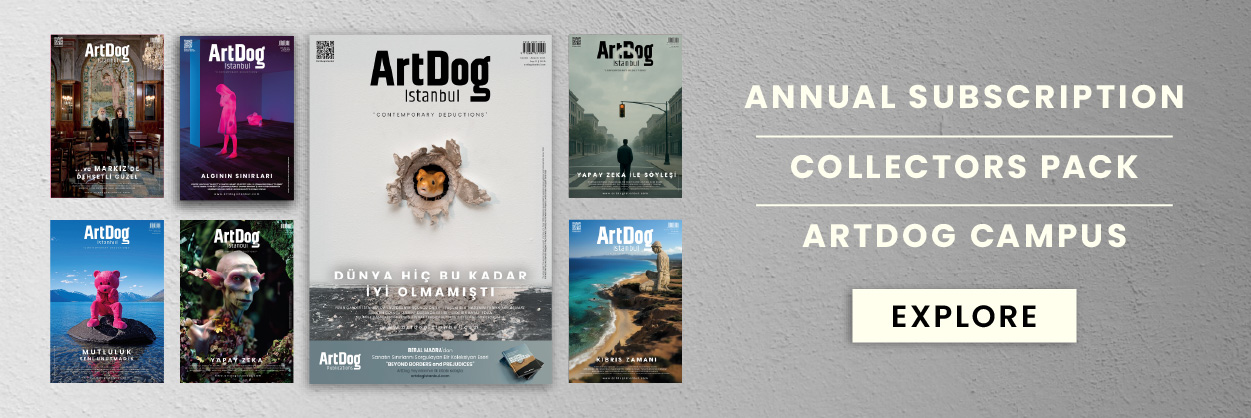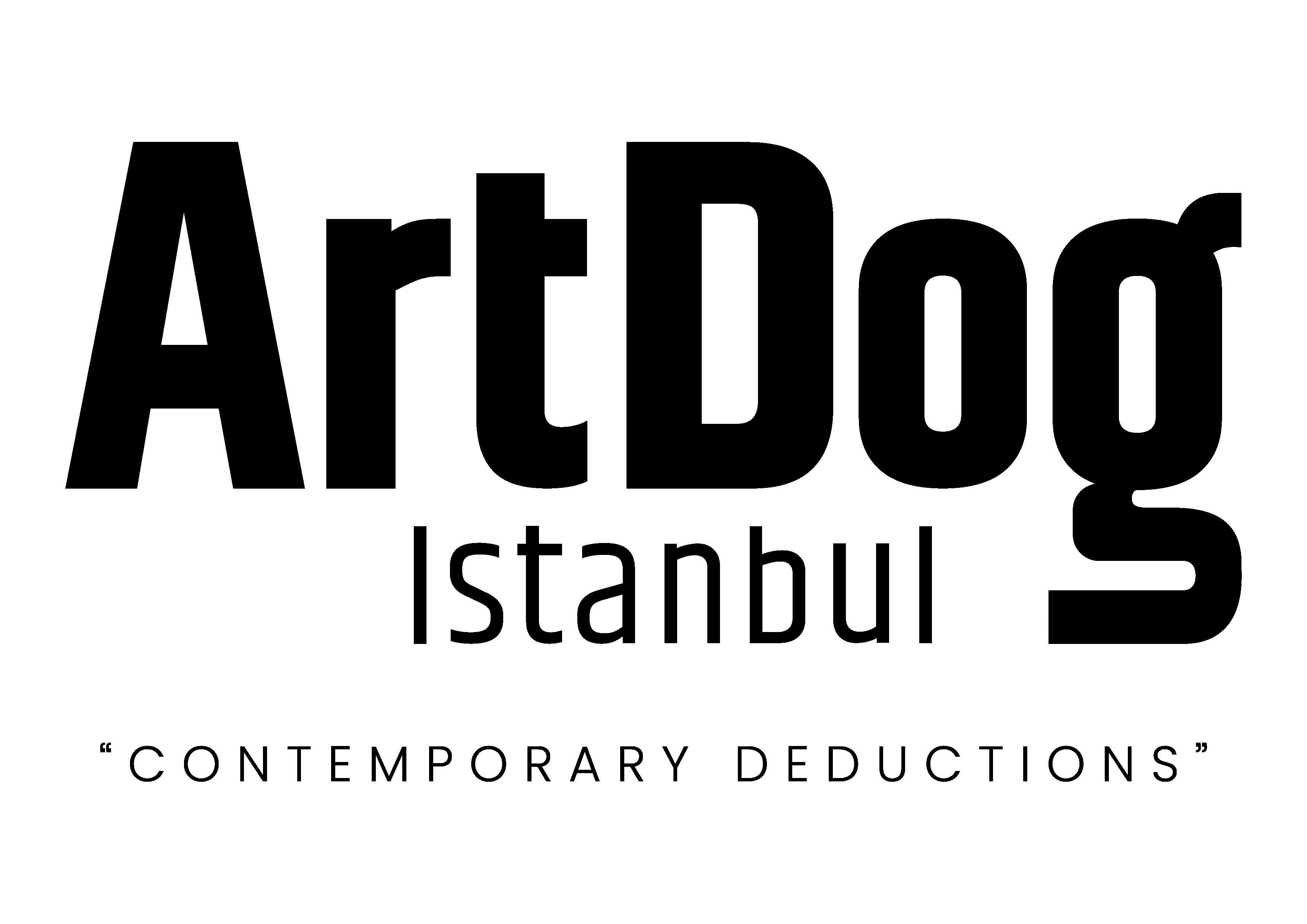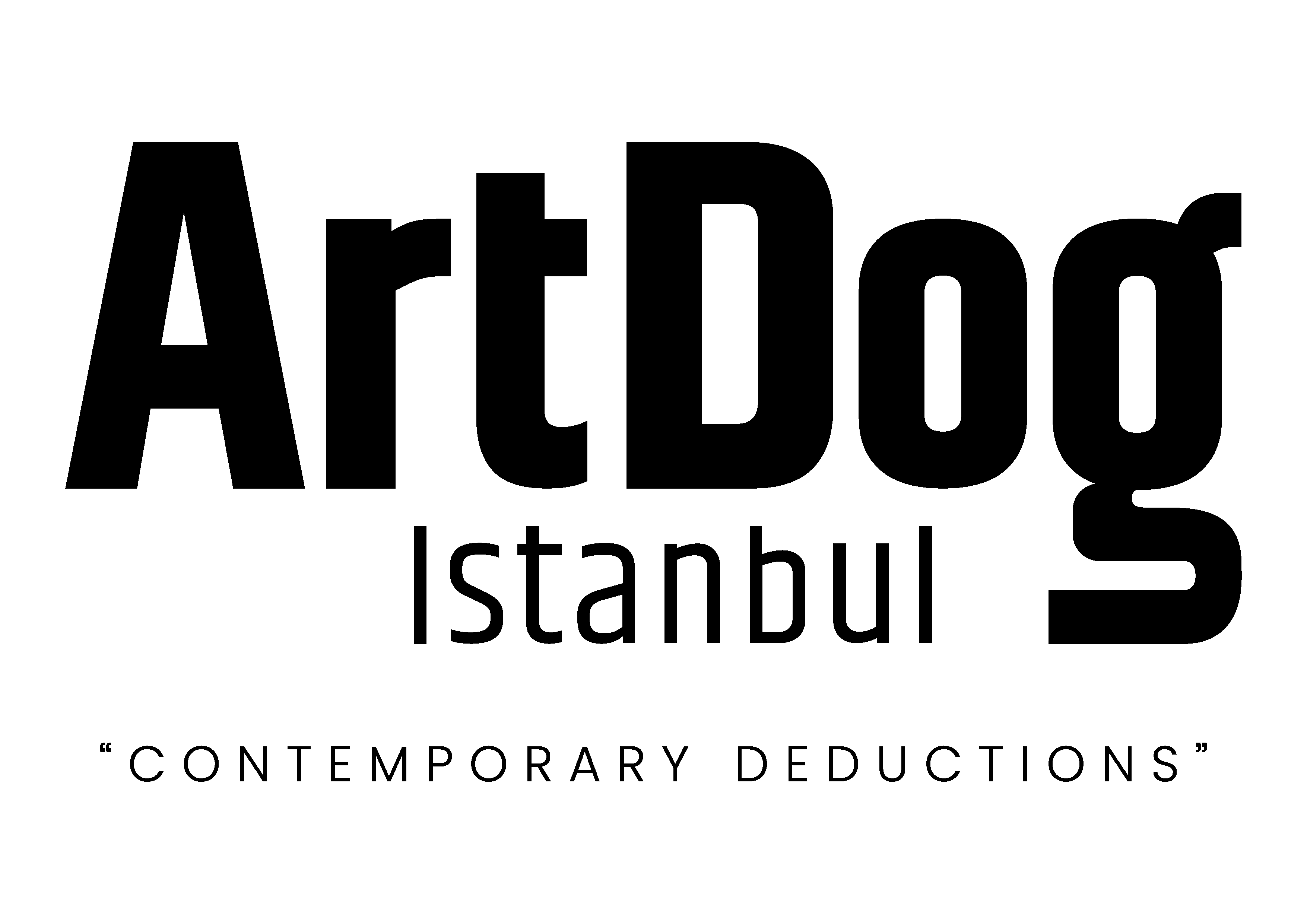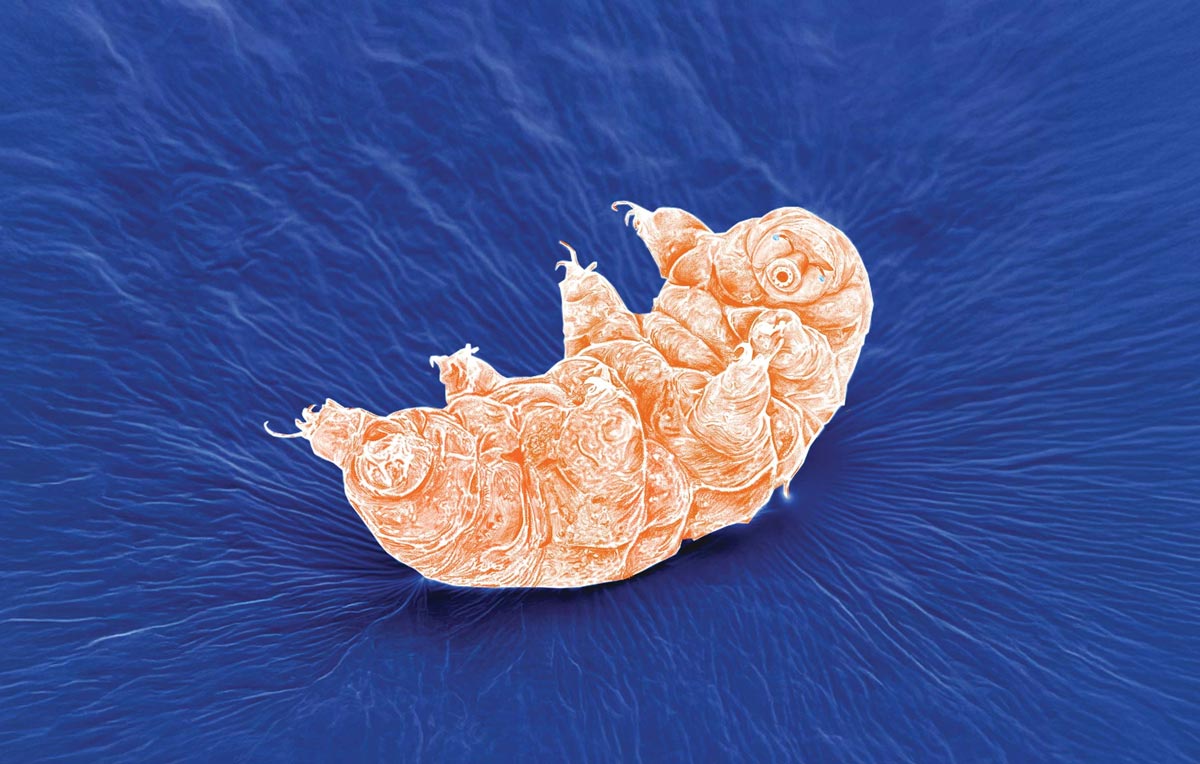On view at İMALAT-HANE until 27 September, Aslı Çavuşoğlu’s solo exhibition TunState envisions art as a living ecosystem, drawing inspiration from nature’s strategies of resilience and transformation.
In her research-based artistic practice, Aslı Çavuşoğlu investigates how cultural and historical phenomena are transformed, represented, and interpreted. Her solo exhibition TunState, focusing on themes of nature, resilience, and transformation, is currently on display at İMALAT-HANE in Bursa. Including new works produced with the support of İMALAT-HANE, the exhibition centers on notions of metamorphosis, endurance, and regeneration, inspired by nature’s self-preservation strategies.
Taking its name from the “tun” state of the microscopic creature tardigrade—a survival mechanism in which it suspends its metabolism under extreme environmental conditions—the exhibition adds a new layer to the narrative universe Çavuşoğlu has been weaving over the years.
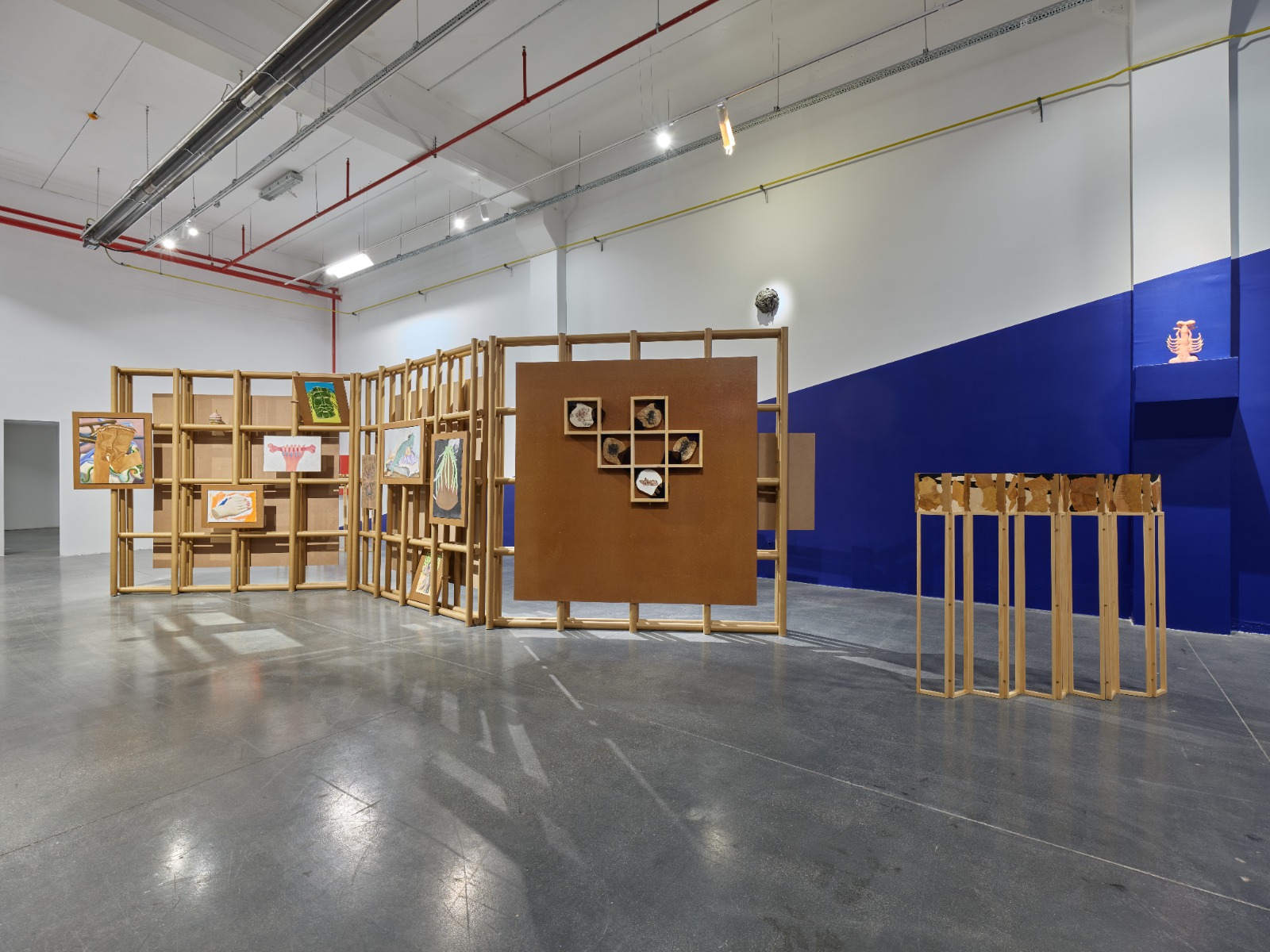
From Nature to Material
TunState is conceived not merely as a production process but as a living intellectual ecosystem shaped around concepts such as decay, waiting, resistance, and transformation. Initially exhibited in 2022 at Barriera in Turin and expanded with new works at Museo Jumex in 2023, the project continues a dialogue with the artist’s previous works while offering the viewer a new space for reflection on the future.
Aslı Çavuşoğlu’s works in TunState trace a process that began in 2018 when she encountered the bursera fagaroides tree in Mexico. In the artist’s hands, the bark of this tree becomes delicate objects bearing the marks of time and nature. This natural material transforms into handmade paper in the exhibition, providing a physical embodiment of the idea of metamorphosis.
One of the central references of the exhibition, the microscopic tardigrade, symbolizes not only survival but also a mode of existence transcending time through its tun state, wherein it suspends its metabolism. Çavuşoğlu establishes visual and conceptual parallels with this biological transformation, opening space for reflection on resilience, reformation, and memory in her works.
A figurative structure greeting visitors at the exterior of the exhibition space functions as a gateway into TunState’s conceptual world. Inside, a layered narrative built from the assembly of natural materials makes visible, once again, themes of history, memory, and transformation that frequently recur in the artist’s practice.
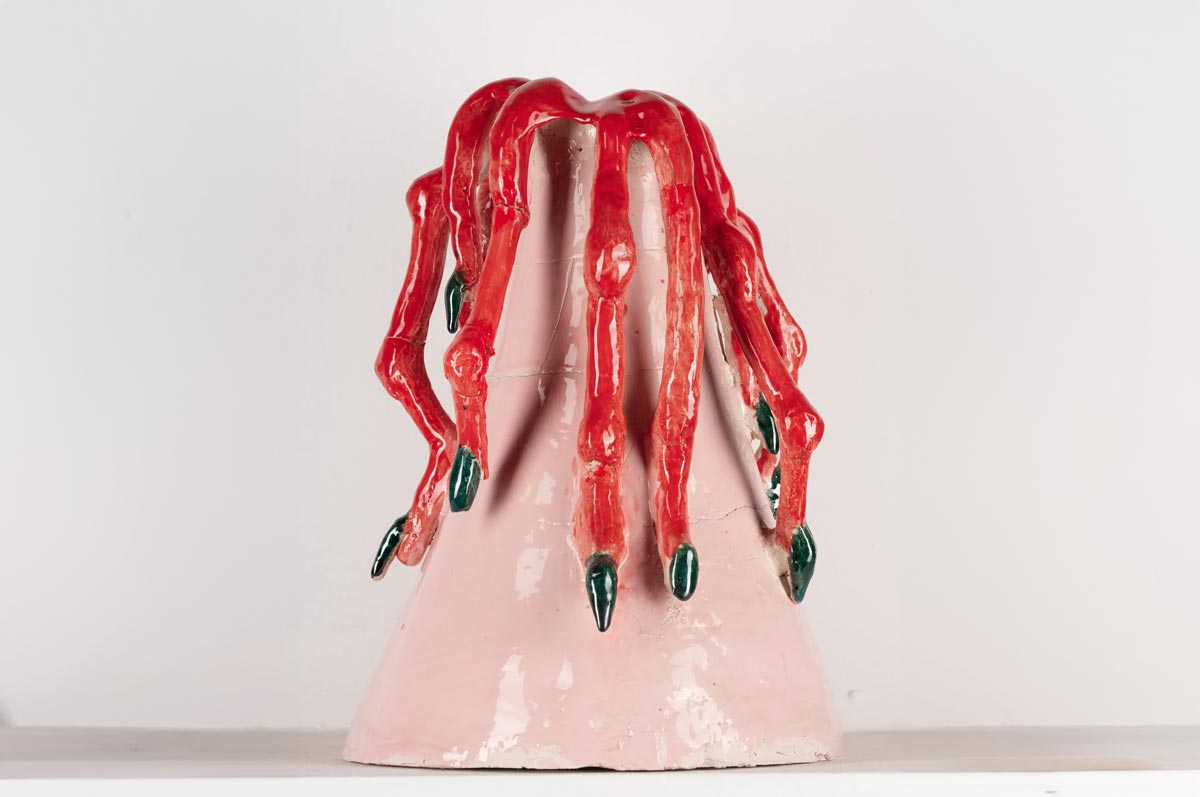
Sustainable and Ephemeral Architecture
The exhibition’s scenography takes shape through a close collaboration between Studio VETA and Aslı Çavuşoğlu. At the center of this collaboration is a material often overlooked: 100% recyclable paper tubes. Within the exhibition space, these components serve both as supporting structures for the artworks and as extensions reaching out to the exterior of the building, expanding TunState’s spatial boundaries.
Mounted on-site using scaffold-like logic, these lightweight yet durable elements create a temporary and flexible structure, reinforcing contemplation of the exhibition’s core themes of fragility, resilience, and transience. Borrowed from Bursa’s industrial fabric, these tubes, typically used as packaging materials in the textile and paper industries, are repurposed here in a new context. In doing so, TunState provides a tangible response to the ideas of transformation and reuse through its material choices.
On view until 27 September at İMALAT-HANE, the exhibition, with its diverse productions, choice of materials, relationship with texts, and narrative universe, offers a collective invitation to reflect on transformation and metamorphosis.

